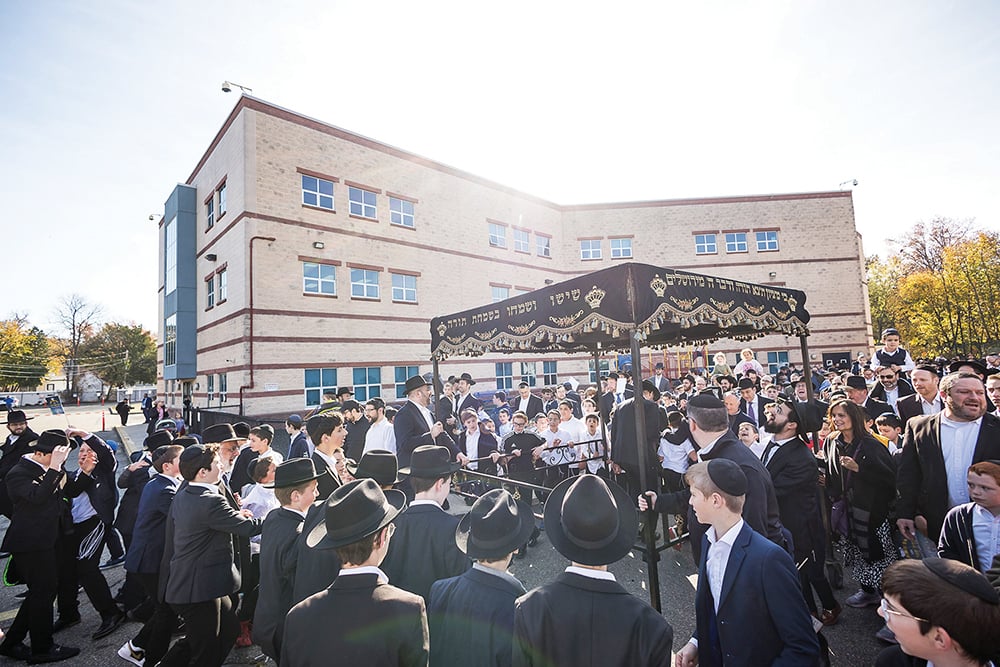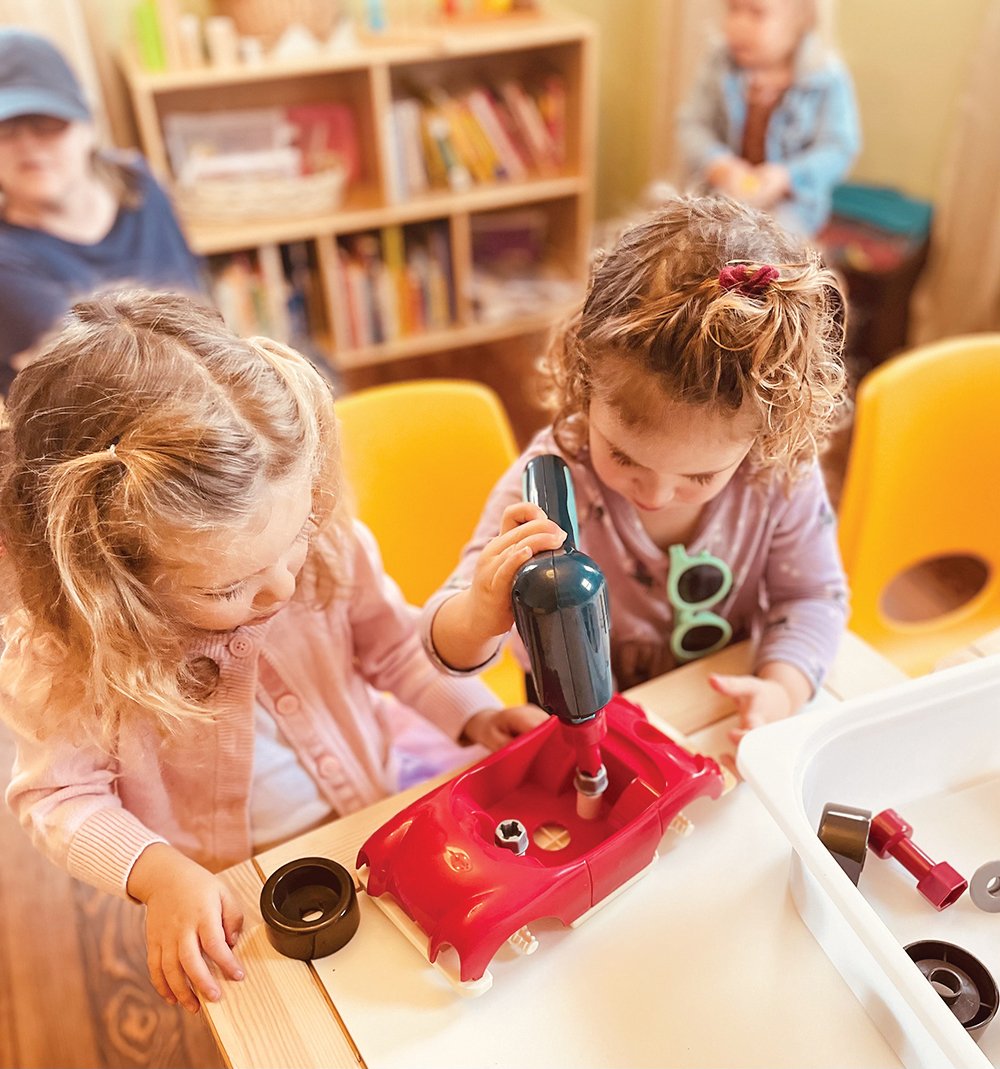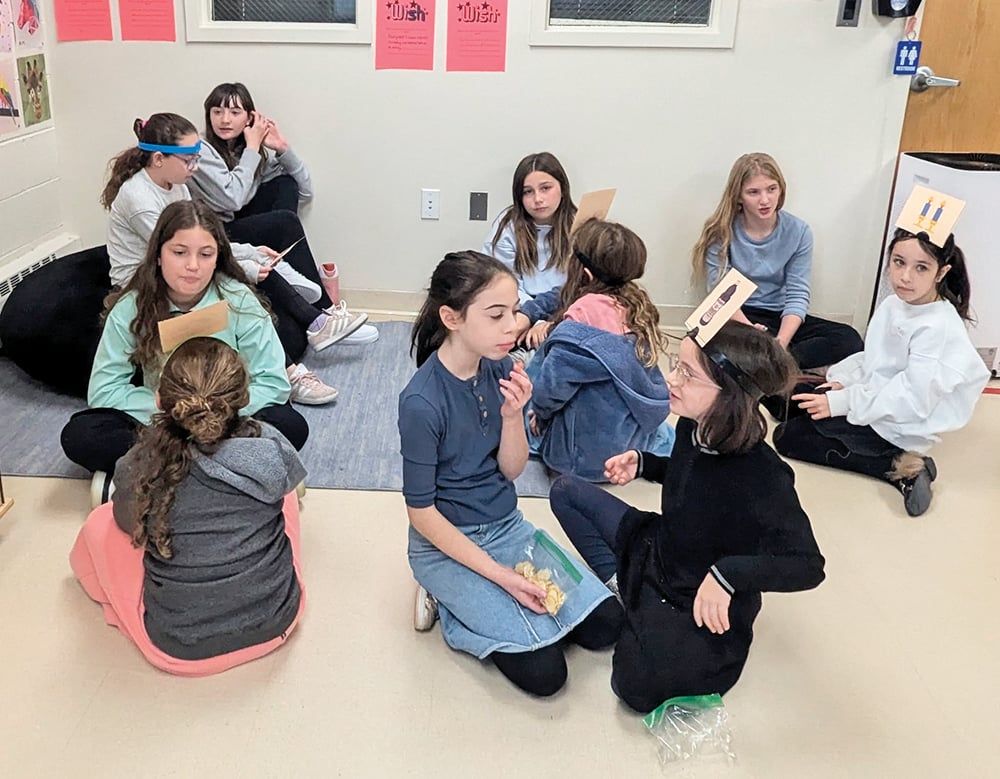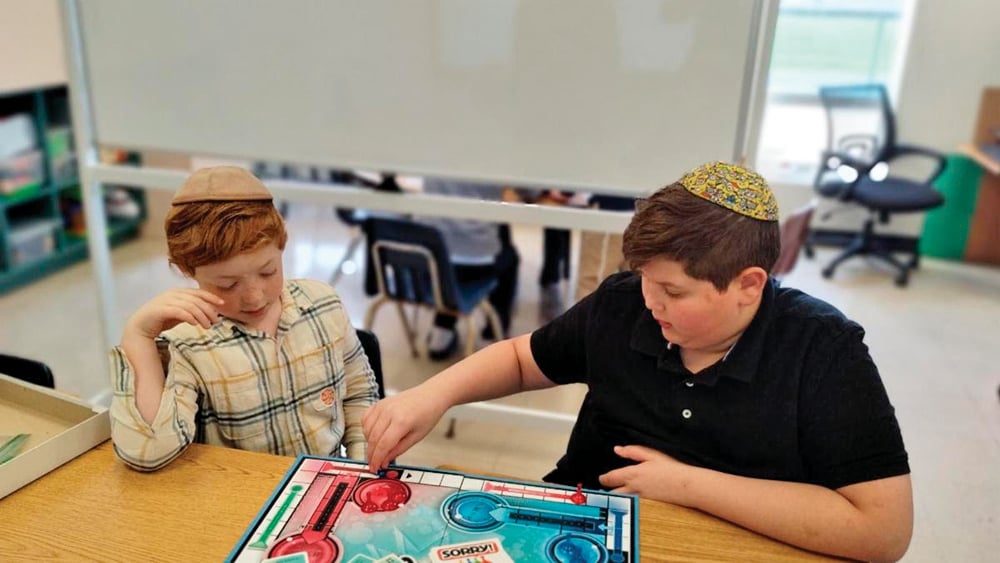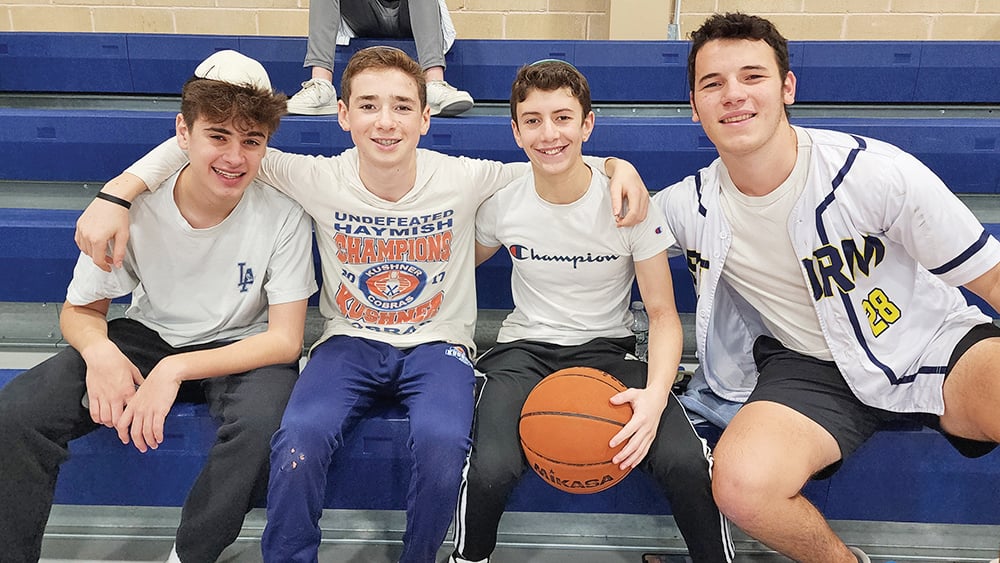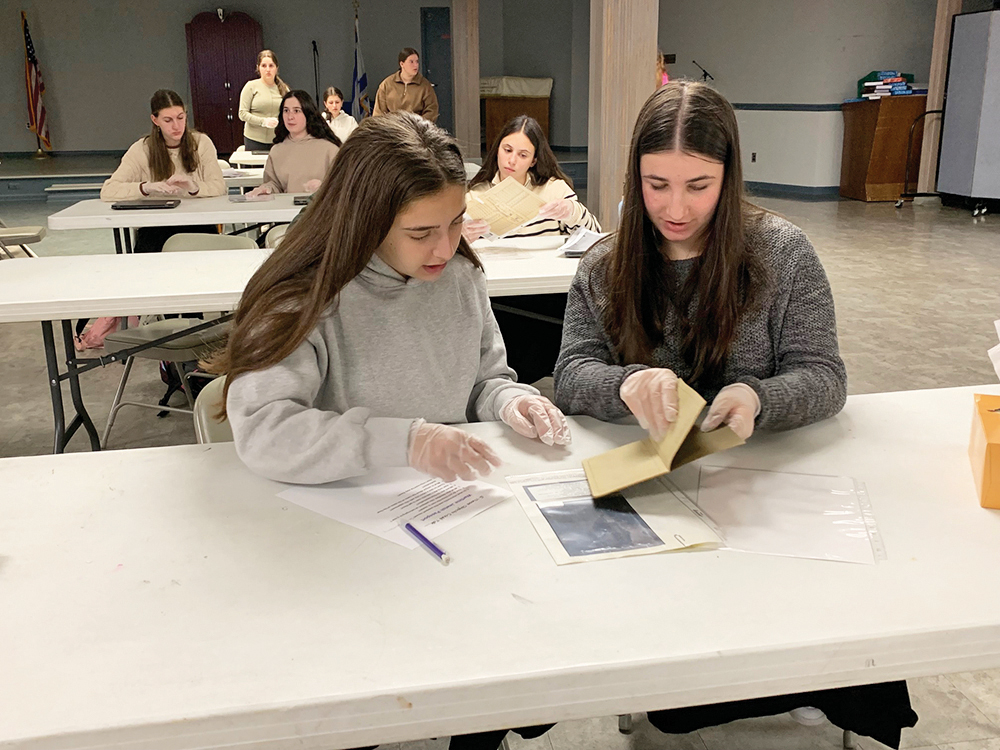
It has been a week of tears and of numbness. Every time I read the list of 45 I become dizzy and faint, wincing in disbelief. Too many names to remember and too many tears to hold back. My eyes are fatigued from withholding tears and my throat is sore from choking the pain. Standing with thousands at the funeral of Danny Morris, z”l, we all looked to Heaven for answers we knew would not come. Our people have been gashed with sorrow and our nation throbs with grief. At this point additional words are pointless.
Life sometimes moves quickly, and on this upcoming Yom Yerushalayim we will relive the great miracles of the Six-Day War and of our triumphant return to Yerushalayim. We will abruptly transition from suffering to national joy. These two experiences feel so antithetical but life is complex and often demands that we merge sadness and joy. Can we fuse these two adverse experiences? As the intense grieving for the Meron tragedy subsides, how can we merge this disaster with the celebration of Yom Yerushalayim?
Here are three recommendations:
1. Rendezvous with Holiness
For a Jew, not all locations are created equal. The Land of Israel possesses unique sanctity and, within Israel, Yerushalayim and the Mikdash are vested with even greater holiness. Our three Avot ascended this mountain and, ever since, Jews have journeyed to these points of encounter with God. Our spiritual landscape isn’t a flat grid; there are spiritual highlands!
Exile altered all that. We were dislocated from holy sites and, sadly, most of these locations were vacated of their formal holiness. For thousands of years, most Jews were severed from these summits of encountering God. For many, Torah study and prayer were sufficient. The Talmud (Tamid 32) announces that God’s presence visits anyone studying Torah. Similarly, the Talmud (Rosh Hashanah 26) equates prayer on Rosh Hashanah to entering the inner sanctum of the Mikdash. Torah study and prayer thrust us into a different realm—a location-independent zone standing in the presence of God.
For some, however, these spiritual “mindspaces” are not sufficient. Many continue to yearn to stand in “actual” land spaces that could serve as bridges to a higher spiritual realm of connectedness. Gravesites of tzadikim and the righteous provide these platforms. Platforms for prayer, spirituality, hope and connection. Full disclaimer: I don’t visit Rabbi Shimon’s grave on Lag B’Omer. In general, visiting graves isn’t part of my tradition. I visit graves of close relatives or personal rabbonim and I time my visit to the guidelines of Shulchan Aruch—around Yamim Noraim. When I do visit, I visit alone so that my experience is private and, for me, more profound. Despite this, I encourage and support those who are drawn to Meron and to the spiritual connection it bridges.
What does the experience of visiting graves share in common with 1967? When the state was founded in 1948 we witnessed miracles and tasted national triumph. However, lost amidst the euphoria was the sorrow of being expelled from our historical holy sites. During the Holocaust it appeared as if God had turned His attention away from Jews in Europe; just a few years later Jews in Israel were expelled from His private quarters. We could no longer access the Kotel, the grave of Rachel or Me’arat Hamachpeilah. It is difficult, in historical hindsight, to fully appreciate the frustration of being evicted for those 19 intervening years.
In 1967 we returned to these holy wards. We were invited back to the land of Tanach, back to the graves of our ancestors and back to the wall of history. Inviting us back to His home, God also invited us back into history and back into redemption. The 1967 invitation convinced us that we were returning to an earlier period in our history when we actively stood before God in holy sites. The Meron pilgrims were expressing a longing we all feel—to climb the mountain and encounter God. Tragically, so many lost their lives fulfilling this common longing.
My rebbe, HaRav Yehuda Amital, was once questioned about the historical accuracy of Kever Rachel. Evidence has emerged that Rachel may not even be buried there, perhaps diminishing the value of prayers at this site. Rav Amital responded that even if Rachel isn’t buried at this site, the tears shed by Jews throughout history have invested this tomb with historical sanctity. I believe the same about Meron. Many connect with the kabbalistic lore of this mountain. Even for those who don’t actively live Kabbalah, Jewish tears throughout the centuries have consecrated this mountain. Sadly, there is a new river of tears streaming through this mountain. That river has 45 streams.
2. Thronging
The day on which Torah was delivered is nicknamed as the day of “gathering” since millions amassed beneath the mountain and spoke directly with God. The Sinai gatherings were re-dramatized every seven years during the Hakhel ceremony. Likewise, throngs of Jewish pilgrims flocked to Yerushalayim during each chag. Our tragic exile dispersed Jews around the globe and suspended these gatherings. The Talmud (Brachot 58) mandates that a blessing be recited when witnessing a Sinai-sized crowd of 600,000 Jews. For 2,000 years Jews must have chuckled at this prospect—never imagining gatherings that could approach that size.
Finally, back in our homeland, our generation has, once again, experienced mass gatherings. The experience of thronging together with large crowds of Jews has returned to our lives. Sometimes we gather to mourn, other times to celebrate. One day soon, we will assemble upon Yerushalayim to jointly celebrate three national holidays. Throngs of Jews in Israel is one step toward Messianic redemption.
One of the first mass gatherings in the modern state occurred a week after the victory in 1967. For a week, teams worked feverishly to remove the rubble and pave the plaza-entrance to the Kotel. Finally, on Shavuot, Jews were invited back and over 200,000 streamed to the wall of Jewish dreams that had been off-limits for 19 dark years. This may have been the largest mass crowd of Jews in thousands of years!
The pilgrimage to Meron is part of this historical revival. Masses of Jews standing shoulder to shoulder searching for connection and spirituality was unimaginable outside our homeland. Sadly, the existing infrastructure in Meron wasn’t able to support this crowd and horror ensued. We all hope to continue mass Jewish gatherings under safer conditions and, one day, we will gather, at the end of time, along with all of humanity to celebrate the conclusion of history. It is so sad that those who gathered at Meron had their lives cut so short.
3. A City of Unity
The Talmud (Yerushalmi, Chagiga 3) famously portrays Yerushalayim as a “unifying city.” The city was never allocated to a particular tribe and, as a public commons, was an instrument of national unity. Throughout our diaspora, Yerushalayim united Jews across the globe who all prayed in a common direction. Our return to Yerushalayim in 1967 was a signature moment of national unity. Secular and religious each sensed the “moment” of Jewish triumph and of national destiny. The national solidarity was unlike any unity that had been experienced until that point. Sadly, that unity has long since frayed. Israeli society and the broader Jewish world are both badly splintered along many “lines of division.” Sadly, we haven’t even preserved the unifying potential of the Kotel as we haven’t been able to fully include all who are drawn by this historical magnet. What type of event will it take to unify our people? In theory, the devastating viral pandemic should have unified us but instead it fractured us. Sadly, a disaster of the magnitude of Meron seems to be the only event we can experience “jointly.” If we can’t cry together over the loss of innocent life, we share little in common.
Don’t ruin this unity. In the upcoming days and weeks our mourning will abate and we will begin to unpack the causes of this tragedy. Understandably, we will analyze logistics, event-management, ideology, culture and their respective roles in this unspeakable tragedy. This conversation is not only legitimate but extremely necessary on many levels. However, the conversation must be kept respectful, sensitive and constructive. Lives have been shattered and our conversation will be conducted in the shadow of death and tears. Positions should be asserted with intellectual humility and sincerity. If we convert the tragedy into a launching pad for scorn, rivalry and derision, we dishonor the memory of those who perished and we travel further away from the day we returned to Yerushalayim.
The writer is a rabbi at Yeshivat Har Etzion/Gush, a hesder yeshiva. He has semicha and a BA in computer science from Yeshiva University as well as a master’s degree in English literature from the City University of New York.



